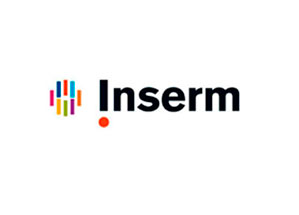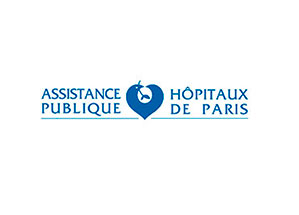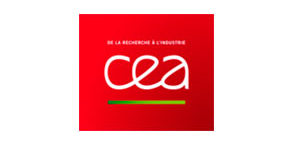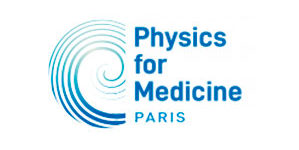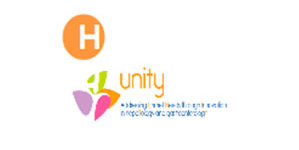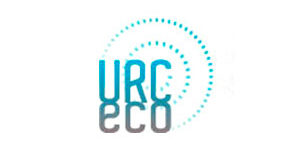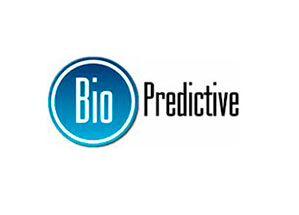About the project
Breadcrumb
About the project
The QUID-NASH research program has been set up by a consortium combining teams from the following partners Inserm, Assistance Publique-Hôpitaux de Paris, Universities Paris-Descartes and Paris-Diderot, Commissariat à l’Energie Atomique (CEA), Laboratoires Servier and BioPredictive, Inserm being the leading partner.
The consortium is co funded by the partners (contributing up to 16 million euros) and, through the 3rd call “Recherche Hospitalo-Universitaire (RHU)”, the French State (9 million euros). The main aim of the QUID-NASH program is to develop a virtual liver biopsy (non invasive) for the diagnosis and staging of NASH (Non Alcoholic SteatoHepatitis) in patients with type 2 diabetes (T2D). This first aim also includes a validation of diagnostic blood tests recently patented by BioPredictive. Second aims of the project consist in increasing our knowledge of the NASH pathology with the identification of new metabolic pathways, drug targets as well as predictive animal models (mouse and mini pig).
The clinical study involves 600 type 2 diabetic patients in whom a liver biopsy is needed as part of standard of care. Main implicated teams include diabetology in Lariboisière and Cochin hospitals, Hepatology in Beaujon and Cochin, Imaging in Necker Beaujon and Physics for Medecine Paris. The data collected (imaging, deep clinico-biological phenotyping, different omic approaches, extracellular vesicles and immune blood cell profiling) will be exploited through comprehensive and deep bioinformatics and biostatistics involving the Swiss Institute of Bioinformatics (SIB) as well as Bichat biostatistical teams. Results are expected to be delivered in December 2022.
In a translational approach, parallel studies will be performed in animals with one aim being to speed up the development of active drugs for NASH. The implicated teams are part of Institut Cochin, CRI Paris Montmartre, Physics for Medecine Paris and Laboratoires Servier.
The clinical and preclinical studies will allow collecting biological samples (blood, liver, urine, feces) as well as images that will be available (associated to phenotypic data) for additional, independent studies.



